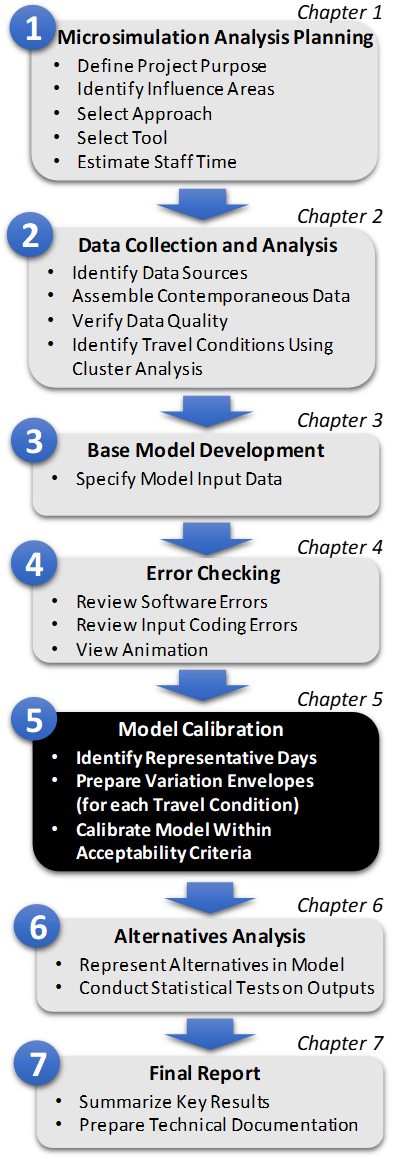

The primary aim of many epidemiological studies is to obtain the “true dietary exposure” (which is usually defined as the habitual or long-term average dietary intake over a designated period of time), and establish whether this “true dietary exposure” is associated with a disease of interest. Methods to assess dietary intake include i) food frequency questionnaires, that ask how often certain foods are eaten over a designated period of time ii) 24-h recall are a memory based assessment method that asks about dietary intake over the past 24 h iii) food diaries which prospectively record dietary data intake for a designated period (iv) diet history and (v) checklist questions that assess one specific aspect of dietary intake. Many large-scale epidemiological studies rely on self-reported measures of dietary intake as this is the most cost-effective way to collect the information, but these are subject to error. Thus at least four types of measurement error can exist and these are described in detail in Table 1.įull size table Dietary assessment methods In epidemiological studies random or systematic errors can occur at two different levels: within a person or between persons. Systematic errors are more serious as they do not average out to the true value even when a large number of repeats are taken. Random errors are chance fluctuations or random variations in dietary intake that average out to the truth in the long run if many repeats are taken (i.e. Two general types of measurement error are described in the nutritional epidemiological literature: random errors and systematic errors. Measurement error in nutritional epidemiology The controversy is due in part to the difficulty of measuring nutritional and dietary exposures, and disentangling their effects because both specific exposures and their errors are inter-correlated. An exemplar is diet and public health, about which there has been renewed controversy recently. It has been suggested that efforts should be devoted to improving the measurement of an individual’s environmental exposure, the “exposome”, akin to the efforts that have been devoted to the “genome”, and that international collaborations should be formed in order to translate the “exposome” from a concept to an approach that can be implemented in order to address public health issues. Many exposures investigated in epidemiological research, such as physical activity, air pollution and dietary intake, are challenging to measure and therefore prone to measurement error. On the basis of this review, we provide some practical advice for the use of methods to assess and adjust for measurement error in nutritional epidemiology. With regard to the possible use of alternative methods when regression calibration is not appropriate, the choice of method should depend on the measurement error model assumed, the availability of suitable calibration study data and the potential for bias due to violation of the classical measurement error model assumptions. Analyses that investigate the impact of departures from the classical measurement error model on regression calibration estimates can be helpful to researchers in interpreting their findings. Conclusionsįor regression calibration, the most common approach to correct for measurement error used in nutritional epidemiology, it is crucial to ensure that its assumptions and requirements are fully met. Two approaches (multiple imputation and moment reconstruction) were identified that can deal with differential measurement error. The statistical approaches in the eligible studies were grouped into: a) approaches to quantify the relationship between different dietary assessment instruments and “true intake”, which were mostly based on correlation analysis and the method of triads b) approaches to adjust point and interval estimates of diet-disease associations for measurement error, mostly based on regression calibration analysis and its extensions. We identified 126 studies, 43 of which described statistical methods and 83 that applied any of these methods to a real dataset.

MEDLINE, EMBASE, BIOSIS and CINAHL were searched for reports published in English up to May 2016 in order to ascertain studies that described methods aimed to quantify and/or correct for measurement error for a continuous exposure in nutritional epidemiology using a calibration study. We aimed to provide a critical overview of the most common approaches used in nutritional epidemiology. Several statistical approaches have been proposed to assess and correct for exposure measurement error.


 0 kommentar(er)
0 kommentar(er)
